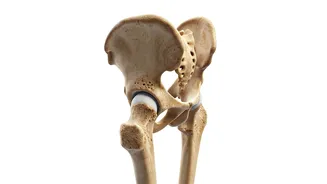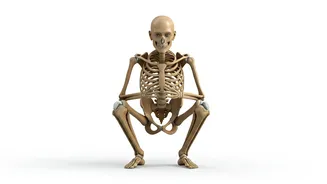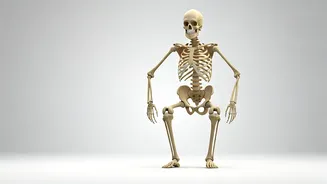Importance of Exercise
Regular physical activity plays a critical role in preserving bone density, which subsequently reduces the likelihood of osteoporosis and fractures, especially
after the age of 30. Engaging in weight-bearing exercises is particularly beneficial, as they compel the body to build and fortify bones in response to the pressure exerted. Incorporating strength training further enhances bone health by stimulating the growth of new bone tissue. Alongside physical advantages, exercise offers mental health benefits, elevating mood, reducing stress, and boosting overall well-being. A structured exercise regimen contributes to enhanced physical function and longevity, making it a cornerstone of a healthy lifestyle. Moreover, regular exercise improves balance and coordination, decreasing the risk of falls and related injuries. This proactive approach underscores the importance of physical activity in overall health and sustained well-being.
Weight-Bearing Activities
Weight-bearing exercises, encompassing activities such as brisk walking, jogging, and dancing, stand out for their effectiveness in fostering bone density. These exercises compel bones to adapt and strengthen in response to the stress and impact exerted. For instance, walking regularly can have a profoundly positive impact, with the rhythmic movement and body weight acting as natural stimuli for bone growth. Jogging elevates the intensity, enhancing bone strength and cardiovascular health concurrently. Dancing introduces an element of enjoyment while providing a full-body workout that improves bone density and coordination. By participating in these weight-bearing activities, individuals can actively work towards maintaining strong bones and reducing the risk of age-related bone loss. It's advisable to begin at a level that feels comfortable and incrementally increase duration and intensity as strength improves.
Strength Training Exercises
Strength training, involving exercises like lifting weights or using resistance bands, contributes significantly to bone health. These exercises generate mechanical stress on bones, prompting them to increase in density and strength. Incorporating resistance training, such as using dumbbells or bodyweight exercises like push-ups and squats, is highly beneficial. Such exercises boost bone mineral density and enhance muscle mass, which further supports skeletal health. Engaging in a routine that targets various muscle groups ensures comprehensive bone strengthening. It is recommended to begin with a weight or resistance level that is manageable and progressively increase it as one gets stronger. Proper form is crucial to prevent injuries, so it's a good idea to seek guidance from a fitness professional, especially if new to strength training.
Balance-Focused Movements
Incorporating balance exercises, such as standing on one leg or using a balance board, is essential for improving stability and preventing falls, which are a major risk factor for fractures, especially in older adults. These exercises improve the body's ability to maintain equilibrium, thereby reducing the likelihood of accidents. Practicing single-leg stances or tai chi are effective methods for enhancing balance. Tai chi combines slow movements with deep breathing, contributing to improved balance and overall physical fitness. Regular practice strengthens the muscles and sensory systems responsible for balance, making it easier to navigate everyday movements and reducing the risk of falling. These exercises also contribute to improving coordination, posture, and body awareness, which are crucial for maintaining an active lifestyle and reducing the risk of injury. Consistency is important for seeing improvements and reaping these benefits.
Flexibility and Stretching
Flexibility and stretching exercises are vital for overall mobility and bone health, playing a crucial role in maintaining joint health and reducing the risk of injuries. Stretching improves the range of motion in joints and helps to prevent stiffness, which is particularly beneficial as people age. Simple stretches can keep the muscles flexible and strong, reducing the risk of falls and promoting better posture. Incorporating stretching routines regularly, even just a few times a week, offers significant benefits for both physical and mental well-being. Stretching can also help reduce the pain associated with arthritis. Consistent stretching can enhance flexibility, increase blood flow, and provide stress relief, contributing to a more active and comfortable lifestyle. Holding stretches for 20-30 seconds, focusing on proper breathing, and tailoring routines to individual needs can lead to maximum benefits.











